Terrarium vs. Plant Pot: Which is Best for Your Home?
If you’ve ever wondered whether a terrarium is just a more stylish version of a plant pot, you’re definitely not alone. It’s a common question, especially for people just starting out with houseplants or exploring different ways to bring greenery into their home. On the surface, both involve soil, plants, and containers so what exactly sets them apart? The truth is, there are some important differences between these two popular plant displays, and understanding them can help you choose the best option for your space and lifestyle. In this article, we’ll walk you through those differences in plain, simple terms, without the jargon. Whether you are searching for the perfect terrarium or pot, this guide will help you understand which option fits your space and plants best.
What’s a Plant Pot, Really?
Let’s start with the basics. A plant pot is exactly what it sounds like a container, usually made from ceramic, plastic, terracotta, or similar materials, designed to hold soil and support the growth of plants. Plant pots come in all shapes and sizes, from tiny desk planters to large floor standing pots for statement plants like fiddle leaf figs or monstera. They have been used for centuries as a simple, effective way to grow and display plants indoors or outdoors.
The key thing about a plant pot is that it is open to the surrounding environment. That means your plant shares the same air, humidity levels, and temperature as your room. You water it when the soil dries out, provide light as needed, and the plant grows with your ongoing care. This makes plant pots a flexible, practical option for a wide range of plant species, from leafy houseplants to succulents, herbs, or flowering varieties.

So, What Makes a Terrarium Different?
While a terrarium might also be a container with plants inside, the design and purpose set it apart from a typical plant pot. A terrarium is usually made of glass, which offers a clear view of the plants and often turns the whole arrangement into a decorative feature. Terrariums can be fully enclosed or open at the top, giving them a unique visual appeal that resembles a miniature garden or landscape.
Unlike plant pots, terrariums create a more controlled growing environment, especially when enclosed. The glass walls help maintain consistent humidity and temperature levels around the plants, which is ideal for species that thrive in slightly more humid conditions. However, even open terrariums those without lids provide a more contained growing space, making them perfect for small, decorative plants like succulents or cacti.
Terrariums are particularly popular for their aesthetic value. Whether sitting on a shelf, desk, or coffee table, they act as living décor, adding greenery and personality to a space while often requiring less day to day maintenance than traditional potted plants.
The Big Differences at a Glance
While both plant pots and terrariums serve as homes for your plants, the way they function and the types of plants they suit can be quite different. Here’s a quick comparison to help you decide which one might be right for your space:
| Feature | Plant Pot | Terrarium |
|---|---|---|
| Structure | Open container | Glass container, can be open or enclosed |
| Humidity Control | Relies on room conditions | Controlled environment in closed terrariums |
| Plant Suitability | Wide range, including large plants | Best for small, decorative plants |
| Watering Needs | Regular, depends on plant and conditions | Less frequent for closed terrariums |
| Maintenance | Varies depending on plant type | Generally low, especially for closed terrariums |
| Decorative Appeal | Classic, functional | High visual impact, often a focal point |

Common Mistakes to Avoid
Whether you’re a plant beginner or just trying something new, it’s easy to make a few missteps when it comes to plant pots or terrariums. The good news is, most of them are easy to avoid with a little know how.
With plant pots, one of the most common mistakes is overwatering, especially if the pot doesn’t have proper drainage holes. Plants sitting in soggy soil can quickly develop root rot, which is often fatal. Another common issue is choosing the wrong size pot. Plants need room for their roots to grow, but too large a pot can lead to problems with soil staying wet for too long. It’s also easy to forget about watering regularly, especially for busy people or in less visible spots around the home. Some tropical plants in particular will benefit from not just watering the soil but also occasional misting to maintain the right level of moisture in the air around them. Lack of humidity can cause issues for these plants even if the soil looks damp, so it’s worth considering both watering and the surrounding air conditions.
Terrariums have their own set of potential pitfalls. One of the biggest is selecting plants that aren’t suited to the environment you’ve created. For example, succulents and cacti need excellent airflow and drier conditions, so they’re ideal for open terrariums, but they’ll struggle in a fully enclosed one. On the other hand, ferns, mosses, and humidity loving plants will thrive in the enclosed variety. Another mistake is placing your terrarium in harsh, direct sunlight the glass can amplify heat, leading to scorched plants.
Where Should You Put Them?
One of the great things about both terrariums and plant pots is their flexibility when it comes to placement, but a few basic guidelines can help you get the best results.
Plant pots can be placed practically anywhere windowsills, shelves, floor stands, or even hanging from the ceiling, depending on the plant and pot size. Just make sure you match the location to your plant's light requirements. A sun loving plant will need a bright spot, while shade tolerant varieties prefer indirect light. Pots can also be easily moved if you want to change the look of your space or adjust to the seasons.
Terrariums are particularly popular for adding greenery to desks, coffee tables, shelving units, sideboards, or reading nooks. Smaller terrariums work well on side tables while larger ones can create real impact as a centrepiece. Keep in mind that terrariums, especially enclosed ones, prefer bright but indirect light too much direct sun can overheat the plants inside, while too little light will slow their growth.
Do You Need a Terrarium or a Plant Pot?
The answer really depends on your space, your plants, and your lifestyle. Plant pots are the classic, go to option for growing a wide variety of plants. They’re practical, come in endless shapes and sizes, and give you complete flexibility with where and how you display your greenery. They’re also ideal for larger plants or varieties that need specific watering routines.
Terrariums, on the other hand, offer something a little different. They’re a decorative feature as much as a functional plant display, turning your greenery into a self contained, miniature world. They’re ideal if you’re short on space, love low maintenance options, or simply want to add a touch of natural beauty to your interior without the commitment of more demanding houseplants.
Final Thoughts
Both plant pots and terrariums have their place in creating a green, welcoming home. It doesn’t have to be an either or situation many plant lovers (ourselves included) enjoy combining both for a varied, interesting display. A leafy plant cascading from a pot on the windowsill, paired with a neat little terrarium tucked onto a bookshelf, can bring life and character to any space.
At Tropical Glass, we specialise in helping people start their own terrarium journey, with kits and guidance designed to make the process easy, enjoyable, and accessible. Whether you go for a traditional plant pot, a stylish terrarium, or both the most important thing is to choose what suits your space, your lifestyle, and your love for plants.
Happy planting and remember, there’s no wrong way to add a little greenery to your home.
Ready to Get Started?
If you’re feeling inspired to add more greenery to your space, why not explore our full collection? Visit our main page to discover our range of terrariums, houseplants, and more ideas to brighten up your home.
Looking for beautiful plants to pair with your pots or terrariums? Check out our dedicated plants section.
Or explore our carefully curated range of decorative plant pots to bring even more style to your interiors.

Frequently Asked Questions
Can I grow any plant in a terrarium?
Not quite. Terrariums are best suited to small plants that enjoy stable humidity and slower growth. Tropical plants, ferns, and mosses work well in enclosed terrariums, while open terrariums suit plants like succulents and cacti.
Do I need to water a terrarium regularly?
Closed terrariums require very little watering, sometimes none for months, as they recycle moisture. Open terrariums need watering more regularly, but less frequently than typical potted plants.
Can I keep a terrarium in direct sunlight?
No, it’s best to avoid placing terrariums in strong direct sunlight. The glass can amplify heat, which may damage your plants. Bright, indirect light is usually perfect.
What is the biggest mistake people make with terrariums?
Choosing the wrong plants is a common mistake. Succulents won’t thrive in a sealed, humid environment, and tropical plants won’t enjoy dry, open containers. It's important to match the plant to the terrarium type.


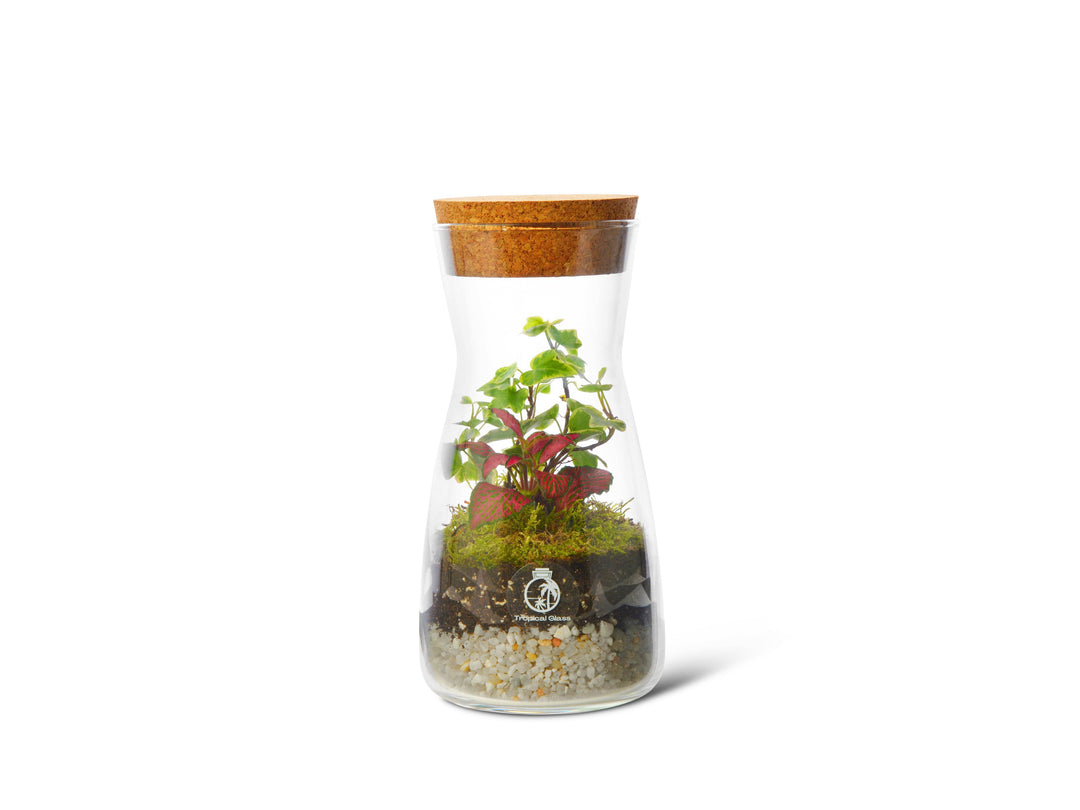
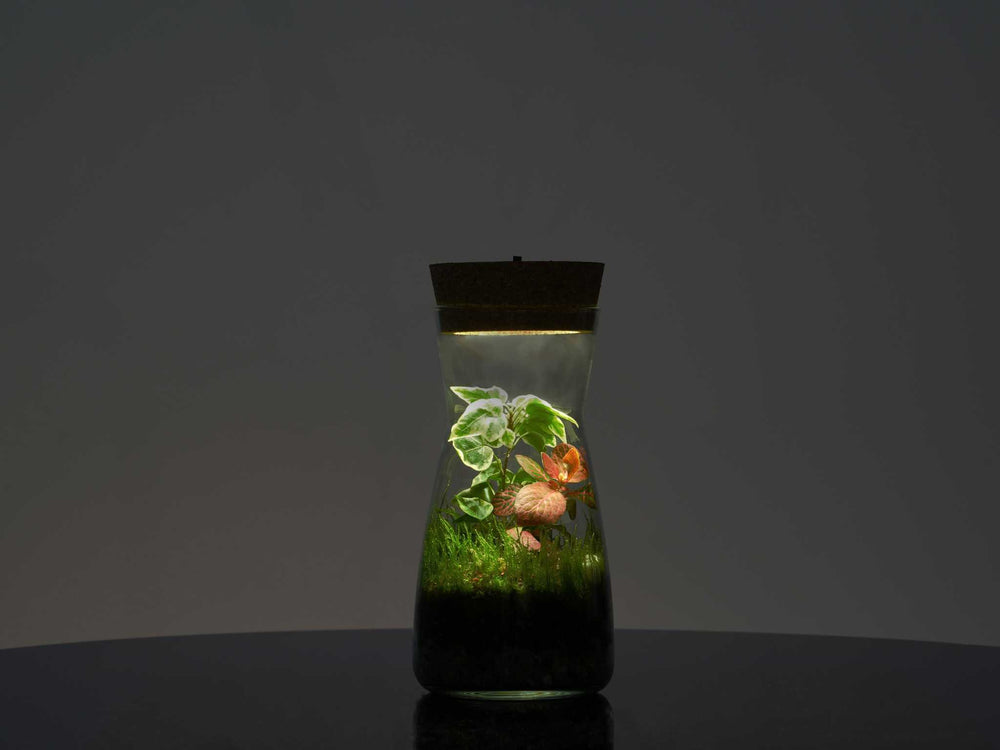
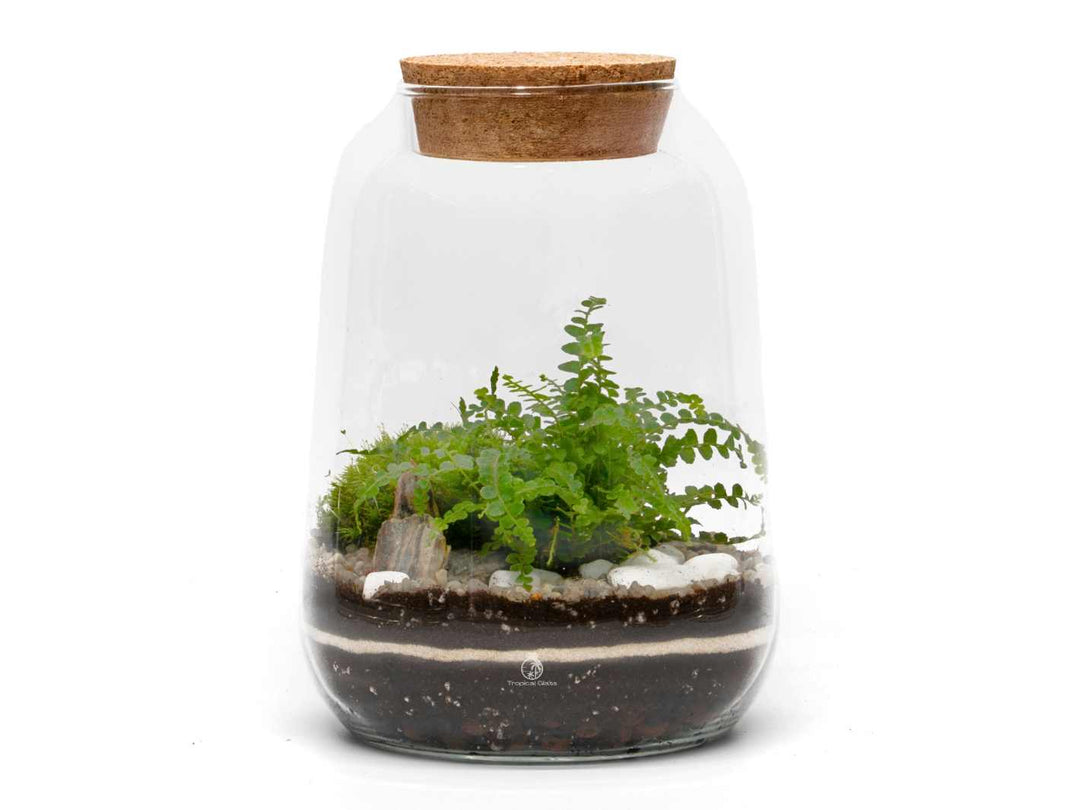
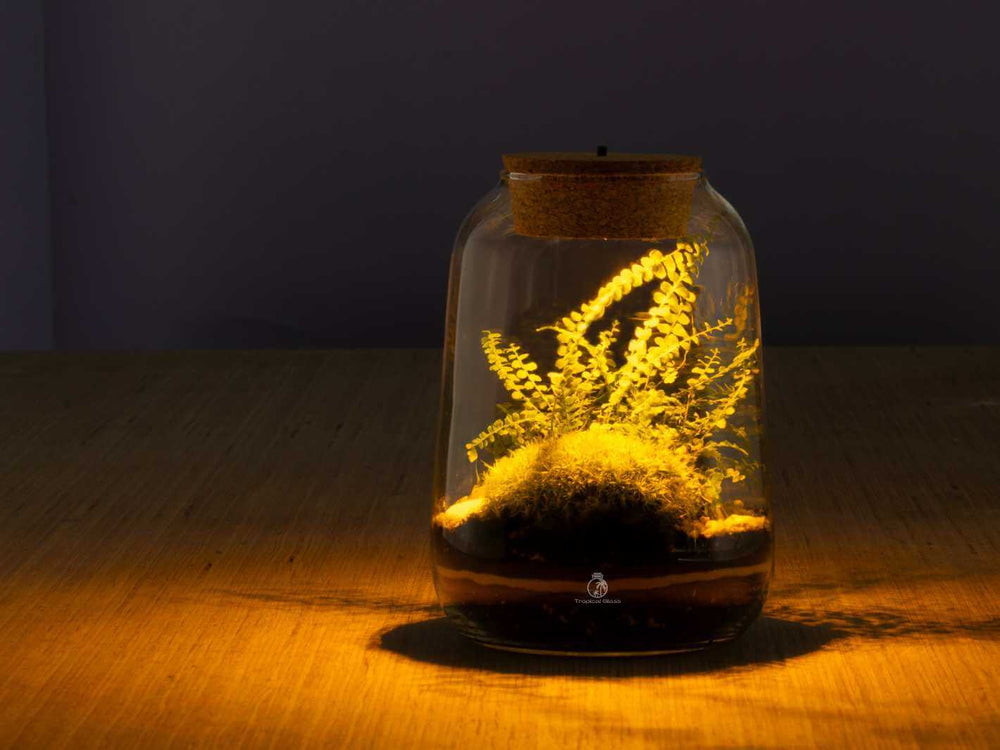
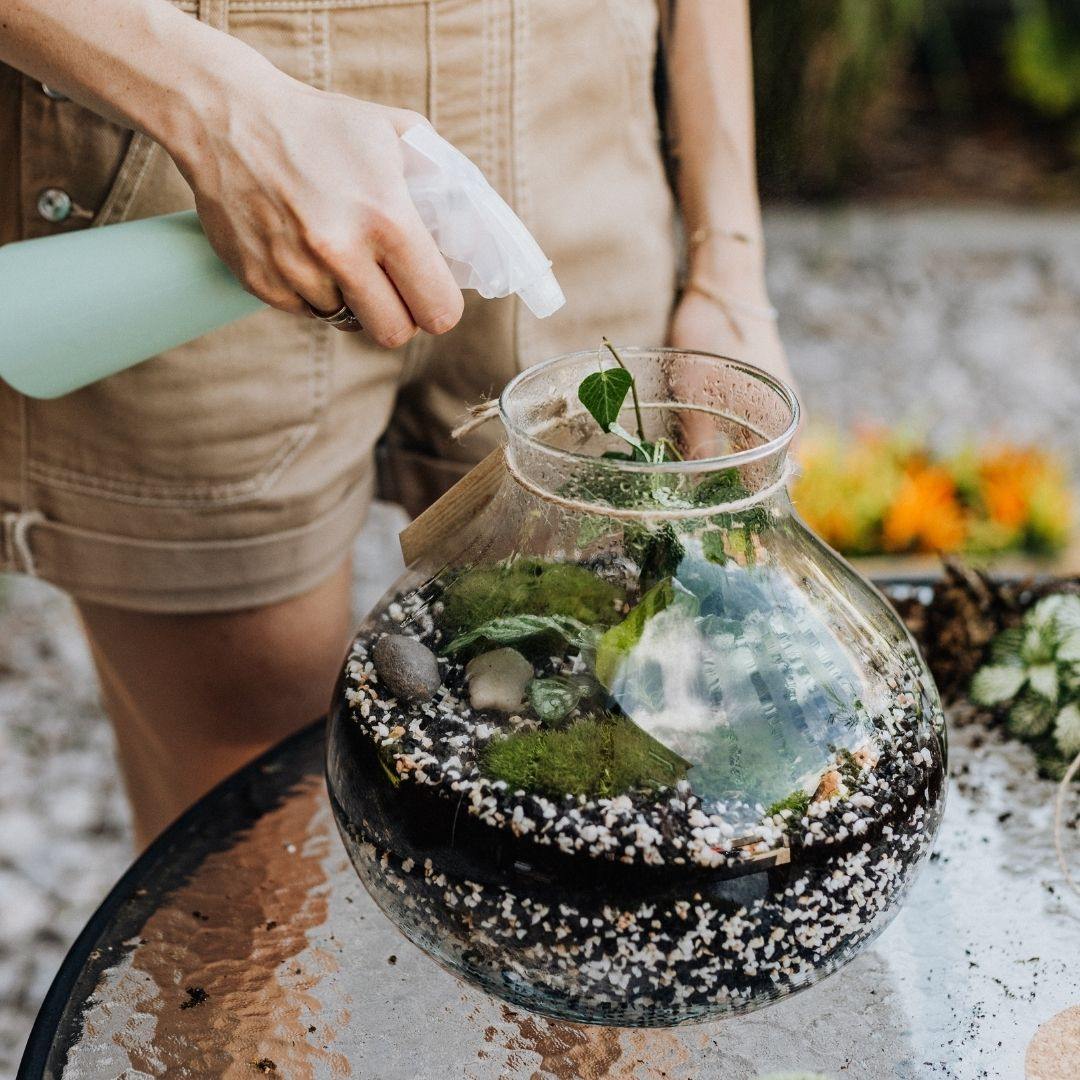
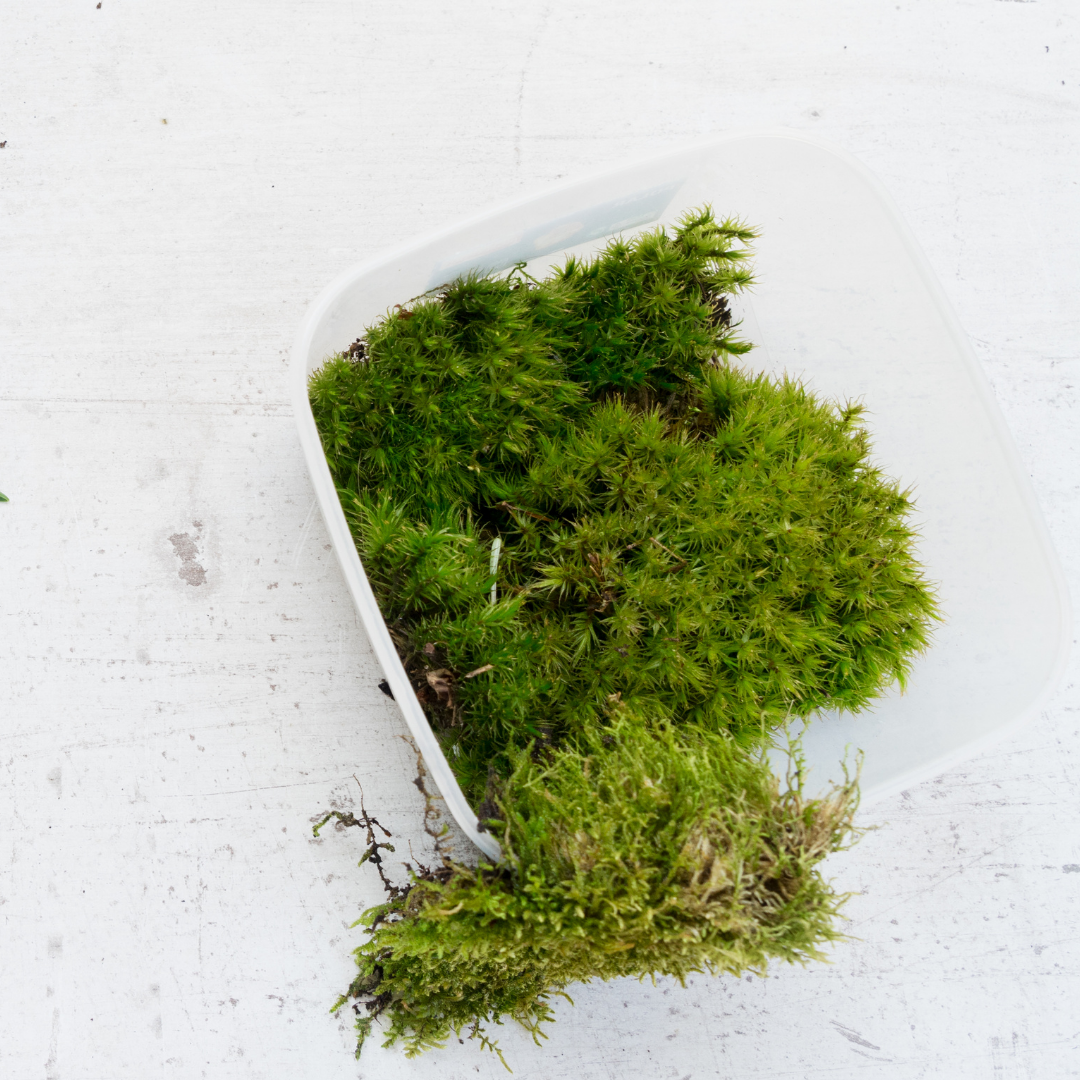
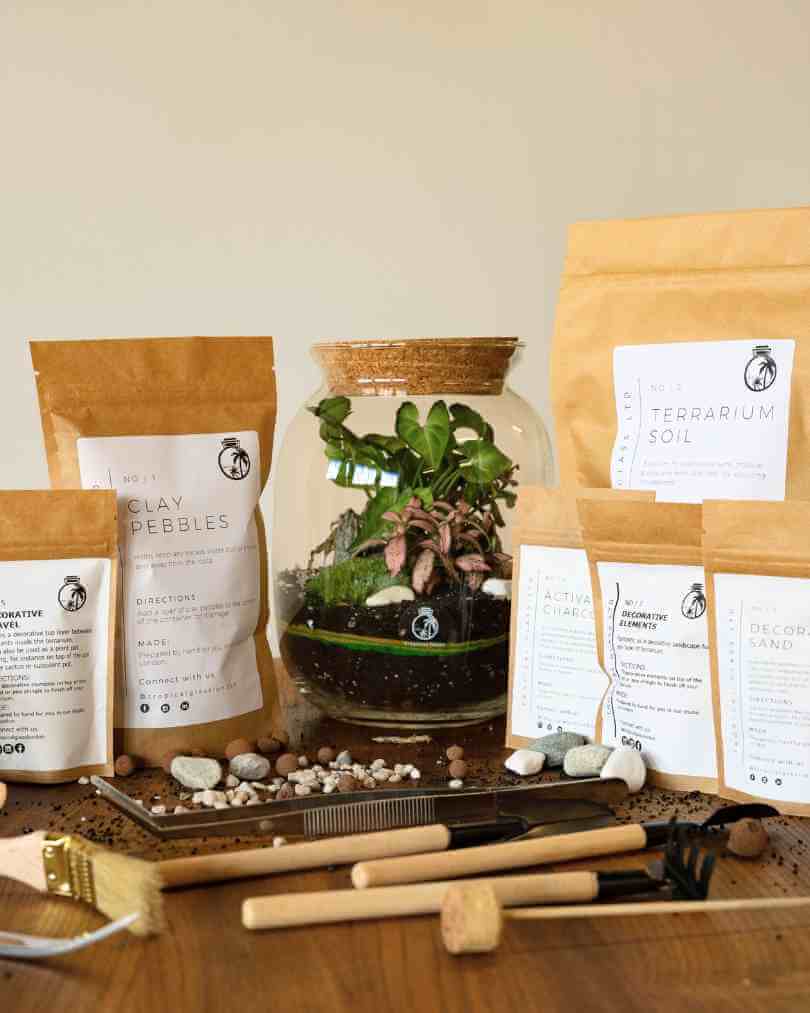
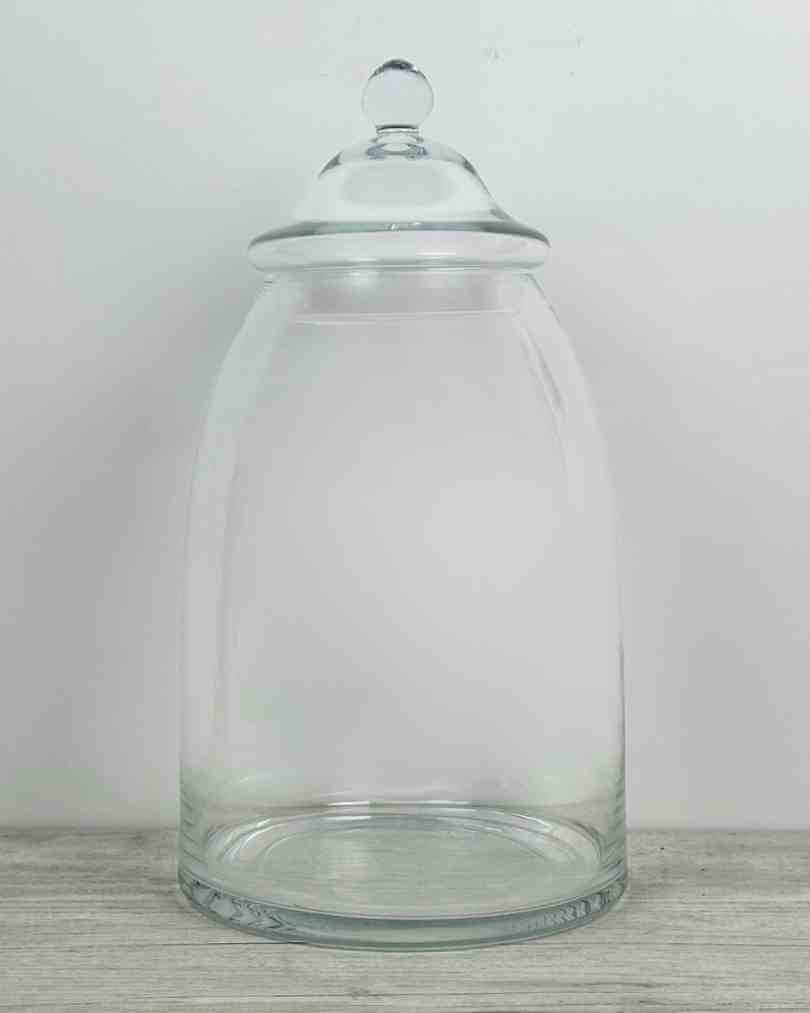
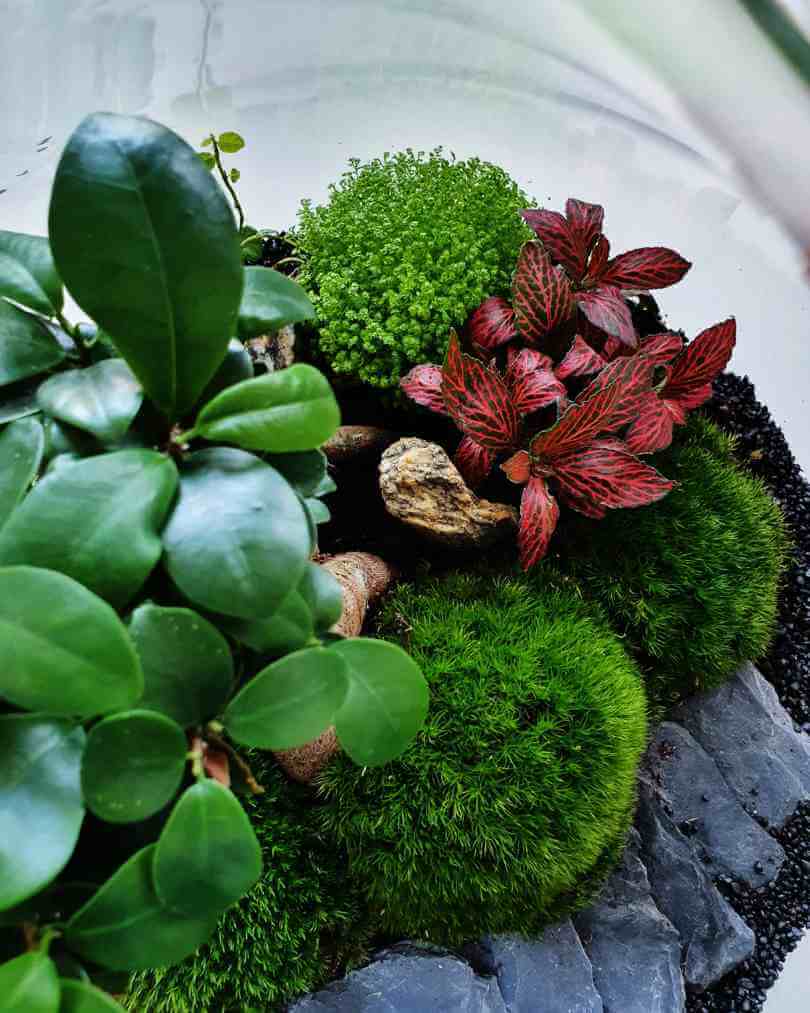
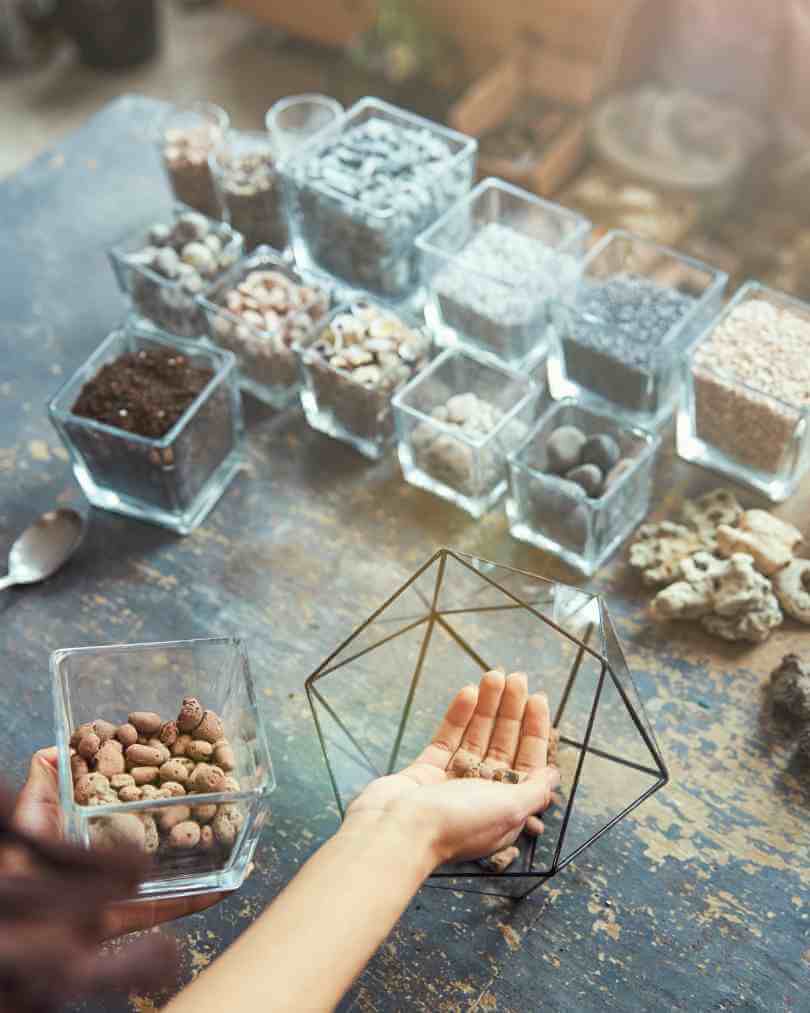
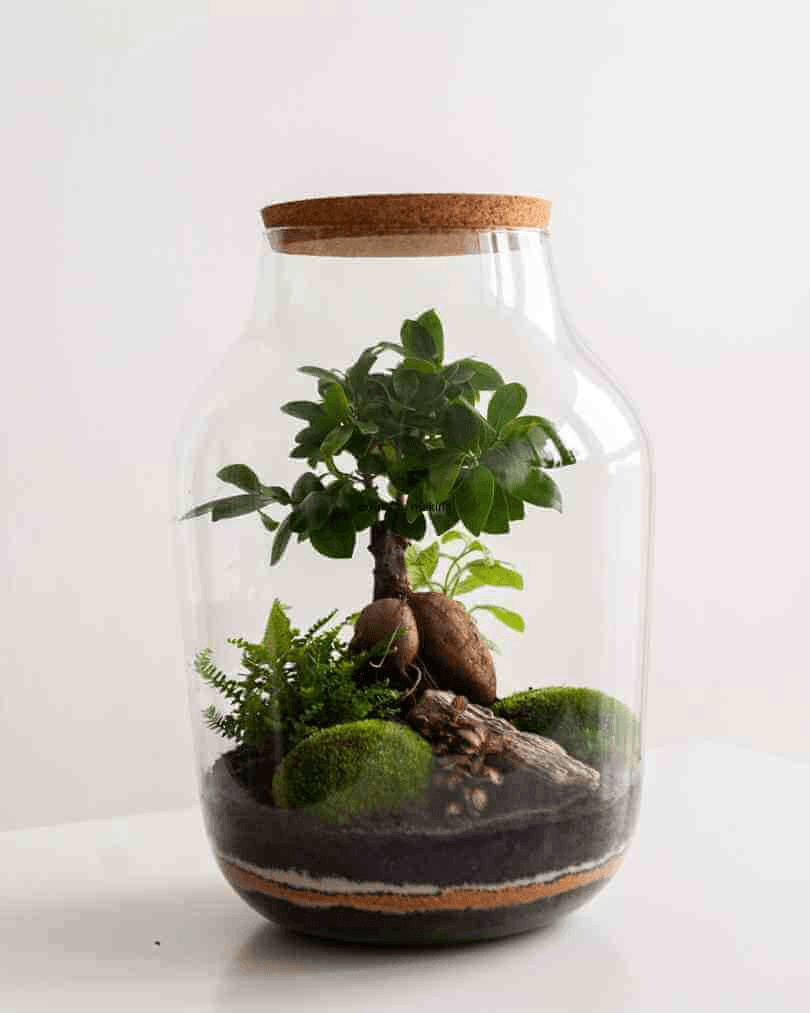
Leave a comment